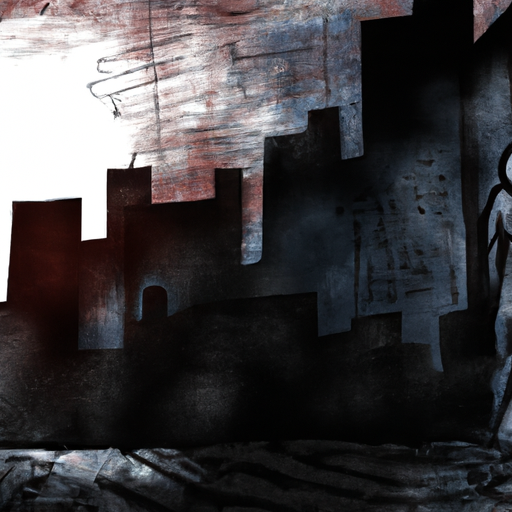The Canadian Opioid Crisis: A Deep Dive into The Underlying Issues and the Fight against Them
In recent years, Canada has been grappling with the severe and widespread impacts of the opioid crisis. With a surge in overdoses, deaths, and social disruption, our society has been feeling the blows of this devastating epidemic. In a recent piece by CBC, the magnitude of this crisis and the steps taken to mitigate it are analyzed in depth.
Understanding the Opioid Crisis
Opioids, powerful drugs used to relieve pain, include prescription medications such as fentanyl, codeine, morphine, and many others. They also include illicit drugs like heroin. While opioids can often be safely used for short periods under a doctor’s supervision, misuse can lead to addiction, overdose, and even death.
According to the piece by CBC, the opioid crisis in Canada is not only persistent but is getting progressively worse. The last five years have seen a marked increase in opioid-related deaths, which shows the escalating severity of the problem. In 2020 alone, more than 6,200 Canadians lost their lives due to opioid overdoses.
The Social and Economic Impact of the Crisis
The ripple effects of the opioid crisis are far-reaching and have had damaging impacts on many facets of society:
- Public Health: The surge in overdoses has stretched our healthcare system thin and instigated a public health emergency in many provinces and territories.
- Homelessness: The crisis has exacerbated homelessness, given that the use of opioids is significantly higher among the homeless population.
- Crime: Illicit opioids are often linked with increased crime rates, affecting public safety and adding to the workload of law enforcement agencies.
Addressing the Crisis
To tackle the deep-rooted problem of opioid abuse, Canada’s responses have emphasized harm reduction, evidence-based treatment, law enforcement, and public outreach.
On a positive note, the CBC piece highlights the widespread distribution of naloxone kits. As an antidote that can reverse the effects of an opioid overdose, it has proven to be a lifesaver. From police patrol cars to schools and public facilities, naloxene’s accessibility has significantly increased.
Legal Action Against Opioid Makers
In an attempt to hold enablers accountable, legal efforts are ongoing with the opioid class action. The government is suing pharmaceutical giants, alleging misleading marketing that downplayed the risks of prescription opioids, leading to widespread addiction. The hope is that any damages won in these lawsuits would be used to fund the fight against the opioid crisis.
Closing Thoughts
Understanding the magnitude and repercussions of the opioid crisis is a crucial step in bringing about meaningful change. This menace needs a multi-pronged approach, harnessing the collective power and resources of healthcare, educational institutions, law enforcement, government bodies, non-profit organizations, and communities.
While naloxone distribution and opioid class action are appreciable steps, they are pieces of a larger puzzle. The focus also needs to be on prevention through systematic screening, widespread awareness campaigns, and stigma reduction. Similarly, opportunities for comprehensive treatment and recovery services are pivotal to address the needs of individuals grappling with addiction.
In sum, though the task is monumental, collective action and unwavering resolve are our best weapons against the profound challenges presented by the opioid crisis.
Key Takeaways
- The opioid crisis continues its devastating toll on Canadian society, exacerbating public health emergencies, homelessness, and crime rates.
- Naloxone, the lifesaving antidote to opioid overdoses, has made significant strides in its widespread distribution, emphasizing the importance of harm reduction in addressing this crisis.
- The opioid class action lawsuit, aiming to hold pharmaceutical companies accountable, signals a vital shift towards justice and much-needed funding resources for the fight against opioids.
- Concerted efforts leveraging resources from healthcare, education, law enforcement, governmental and non-profit sectors are needed for a comprehensive and effective response to the opioid crisis.
